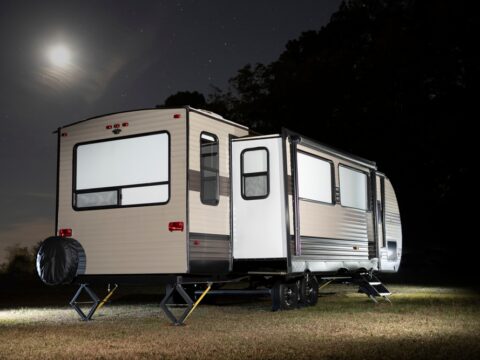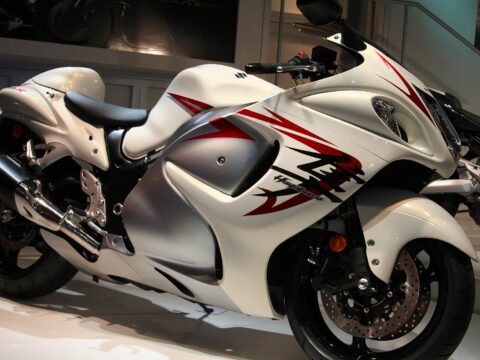Space travel has always fascinated people, but with that fascination comes plenty of misconceptions. From how astronauts live in space to what NASA missions actually achieve, there’s a lot of confusion about what really goes on beyond Earth. In this article, we’ll clear up 15 common misunderstandings about space travel and NASA missions, separating fact from fiction.
Contents
Astronauts float because there’s no gravity in space.
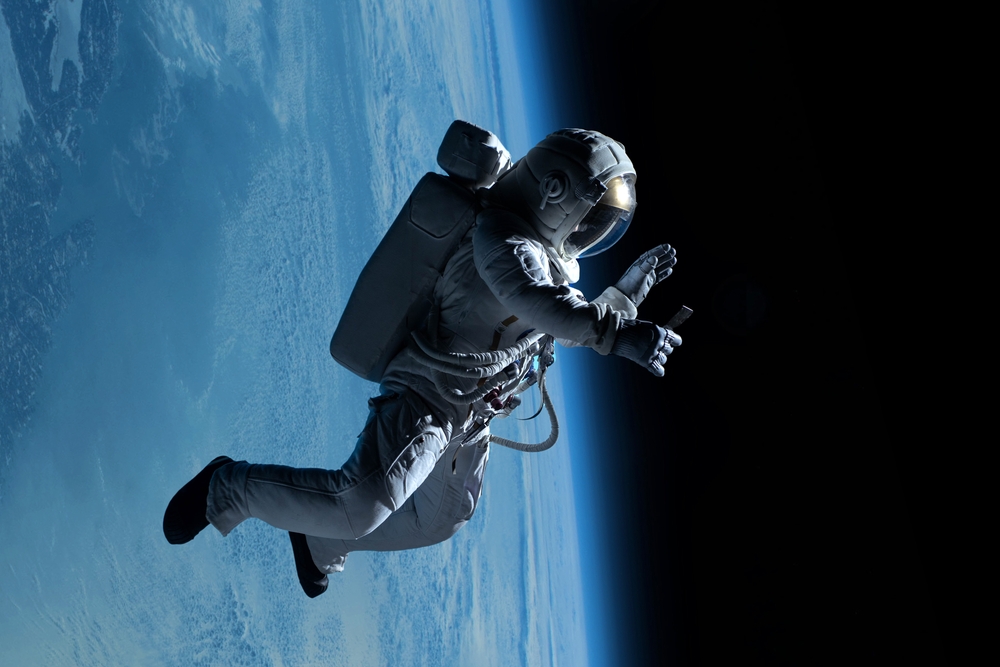
This is false—gravity exists everywhere in space. Astronauts float due to microgravity, where they and their spacecraft are in free fall, creating the sensation of weightlessness. Earth’s gravitational pull still affects objects in orbit, but the constant falling motion creates the illusion of floating.
NASA has completely abandoned the Moon after the Apollo missions.
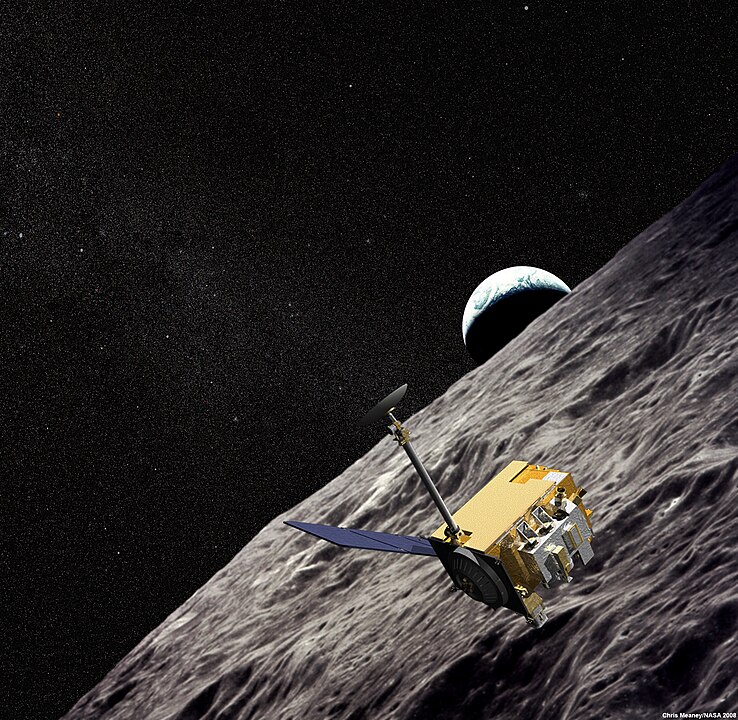
While humans haven’t returned to the Moon since Apollo, NASA has been actively preparing for new lunar missions through its Artemis program. NASA also conducts robotic missions, such as Lunar Reconnaissance Orbiter, studying the Moon’s surface for future human exploration.
Space is completely silent.
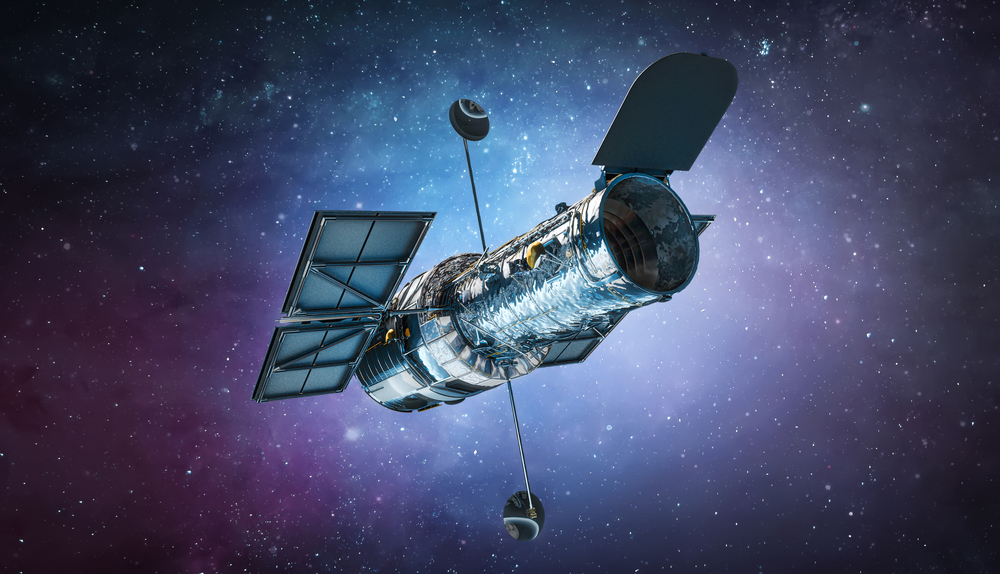
Although sound waves can’t travel through the vacuum of space, this doesn’t mean space is silent. Astronauts can hear sounds within their spacecraft or spacesuits through vibrations in solid objects or air, making space not as soundless as some might think.
The Great Wall of China is the only man-made structure visible from space.
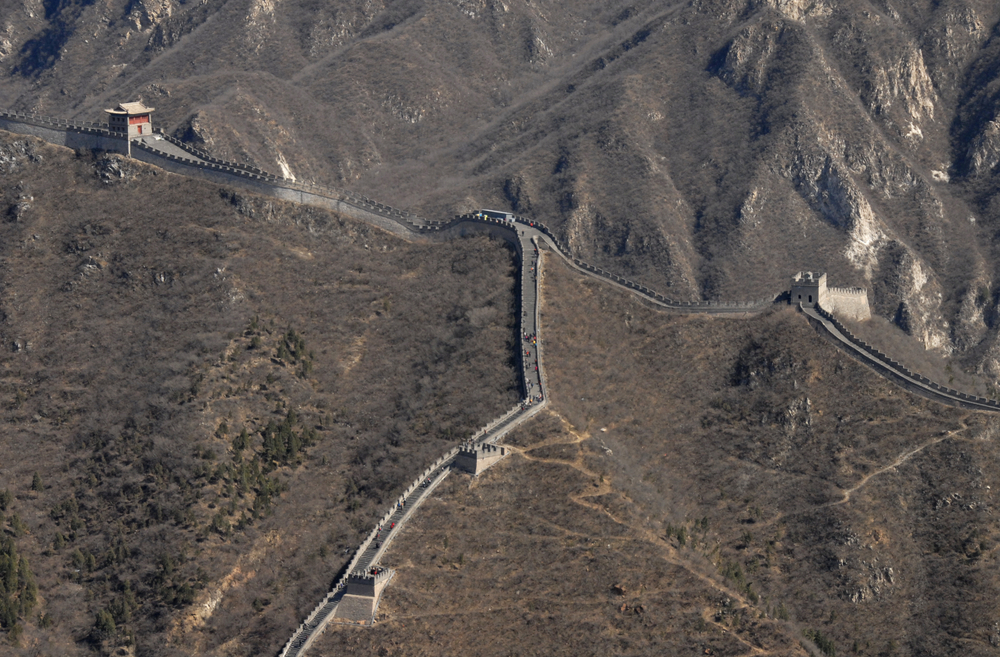
This misconception is widespread, but in reality, many man-made structures, such as highways and cities, are visible from space, and the Great Wall is not particularly distinguishable. Its materials and color blend into the landscape, making it hard to spot without aid.
Astronauts instantly freeze in the vacuum of space.
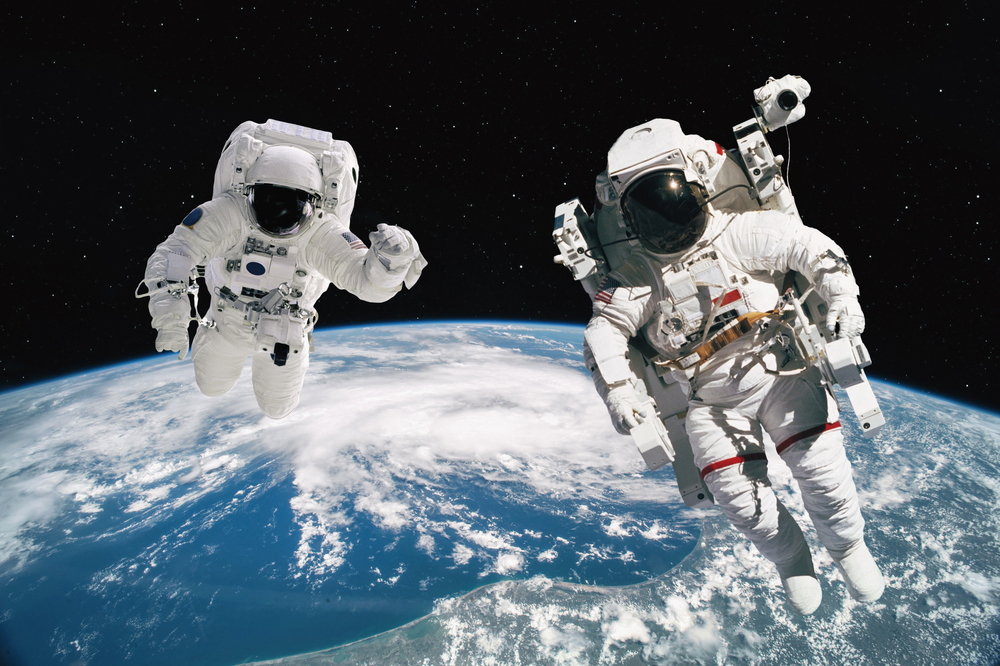
In the vacuum of space, heat transfer happens through radiation, not conduction or convection. An astronaut wouldn’t instantly freeze but would slowly lose heat. Spacesuits are designed to regulate temperature, preventing this from happening.
Space travel always leads to muscle atrophy and bone loss.
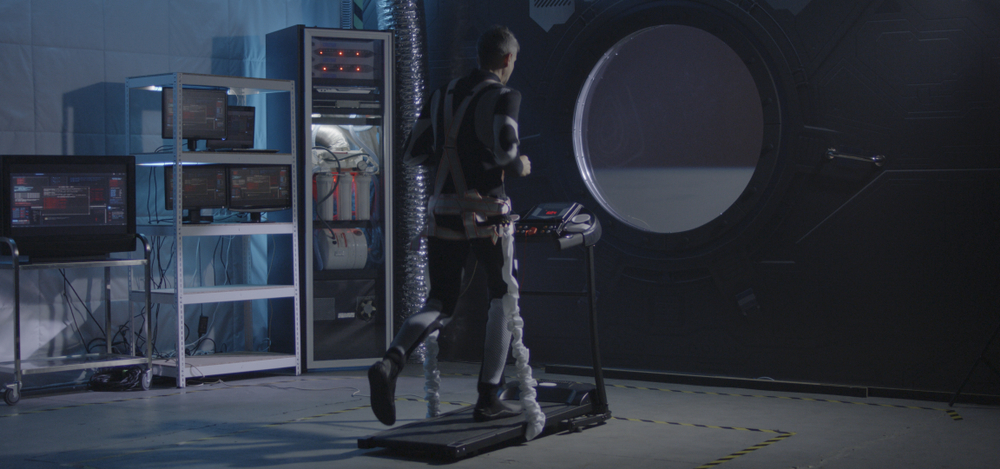
While space travel can cause muscle and bone loss due to lack of gravity, modern exercise regimens and equipment aboard the International Space Station (ISS) significantly mitigate these effects. Astronauts spend up to two hours per day exercising to maintain muscle and bone density.
NASA’s budget is a large part of the U.S. government’s spending.

In reality, NASA’s budget accounts for less than 0.5% of the U.S. federal budget. Many believe it’s much larger, but NASA operates on a relatively small portion of government funding compared to other federal programs.
NASA missions are fully automated with minimal human control.

NASA’s missions are a blend of automation and human oversight. While many systems can operate autonomously, humans play a critical role in monitoring and adjusting missions. Astronauts, engineers, and scientists on Earth control many key aspects of space missions.
The space shuttle program is still active.

NASA’s space shuttle program ended in 2011. Since then, NASA has relied on private companies like SpaceX, along with international collaborations, to send astronauts into space. The Space Launch System (SLS) and the Artemis program are NASA’s future plans for space travel.
Astronauts are exposed to extreme levels of cosmic radiation during all missions.
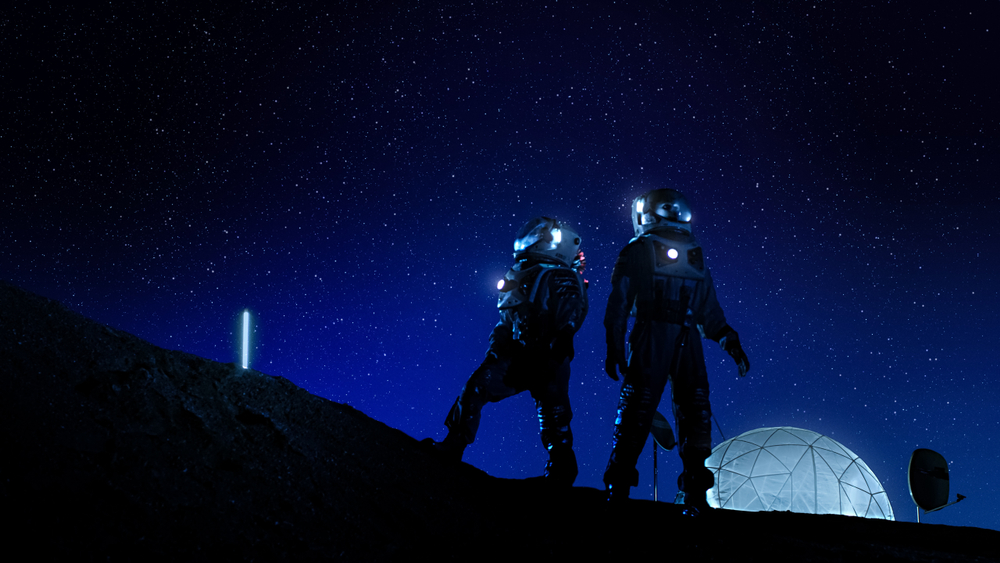
While astronauts do face increased radiation exposure in space, it is monitored and mitigated by spacecraft shielding and mission planning. The duration of space missions is limited to avoid dangerous levels of radiation.
Rockets take off vertically because there’s no other way to escape Earth’s gravity.

Rockets launch vertically to quickly reach the thinner layers of the atmosphere, reducing air resistance. Once high enough, they turn to a more horizontal trajectory to build the velocity needed for orbit, making this a calculated part of rocket launches, not the only option.
Space suits protect astronauts from any and all space hazards.

While space suits protect astronauts from many dangers, such as temperature extremes and micrometeoroids, they aren’t invincible. They don’t protect against all radiation or the long-term effects of microgravity, and they must be maintained carefully to remain effective.
NASA covers up evidence of aliens.

Despite numerous conspiracy theories, there is no credible evidence that NASA is hiding proof of extraterrestrial life. NASA is actively involved in the search for alien life, focusing on planets and moons that could harbor life, but no conclusive findings have been made.
Black holes are giant space vacuum cleaners.
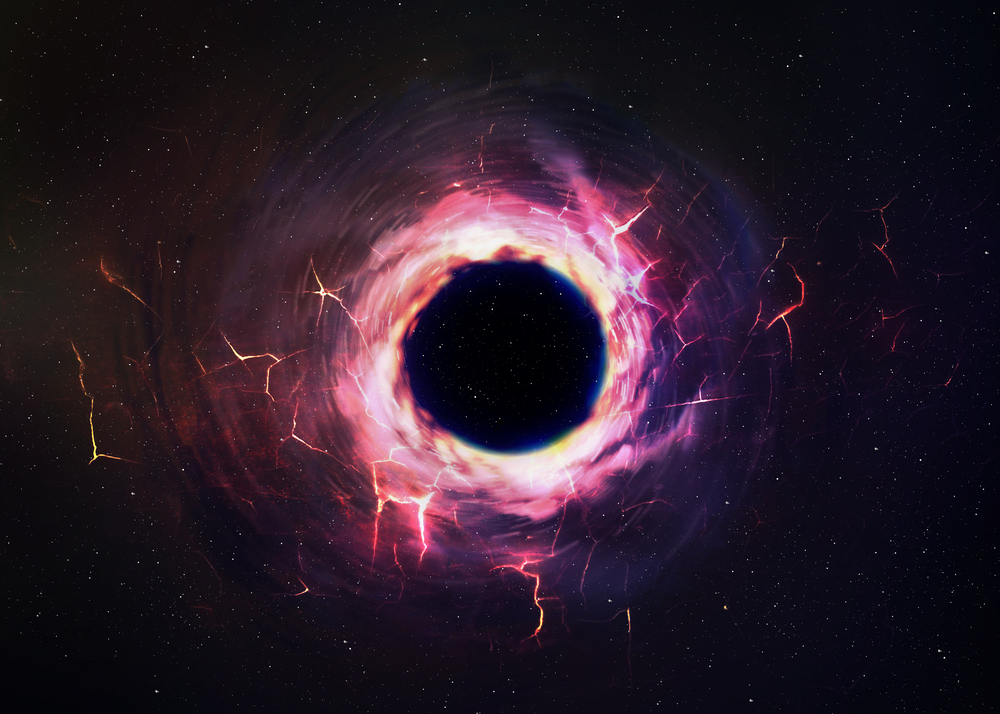
Black holes don’t “suck” everything into them like vacuum cleaners. They exert a gravitational pull like any other object, but only within a close distance do their strong gravitational forces take effect. Objects outside this range orbit them rather than being pulled in.
NASA only works on space travel and exploration, ignoring Earth-based research.
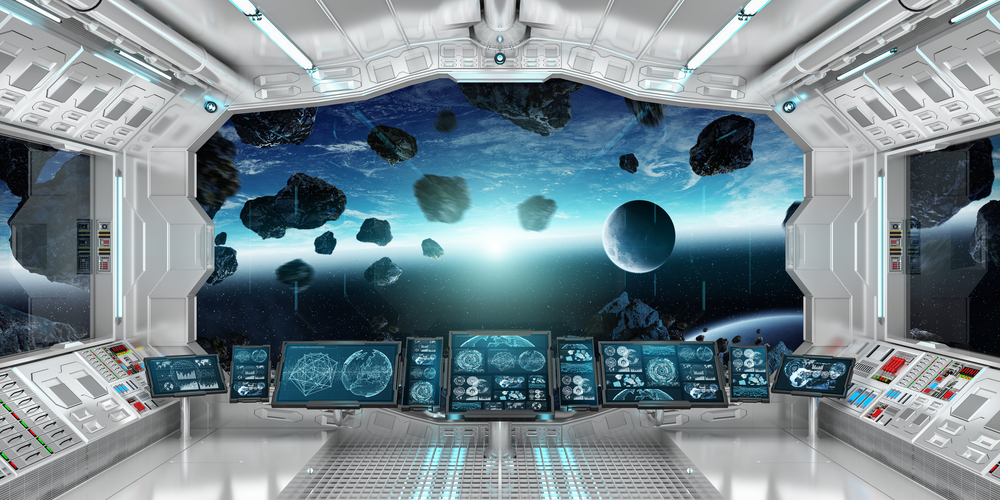
NASA plays a crucial role in Earth-based research, particularly in areas like climate change, weather forecasting, and disaster response. Its Earth-observing satellites provide critical data for understanding our planet’s environment and ecosystems
This article originally appeared in MyCarMakesNoise.
More from MyCarMakesNoise
9 Advanced Bicycles Designed for Speed and Endurance

When it comes to cycling, having the right bike can make all the difference, especially if speed and endurance are your top priorities. Whether you’re a competitive racer or an avid long-distance rider, choosing a bicycle designed for peak performance is key. Read More
18 Frequent Mistakes When Modifying Your Car

Modifying your car can be an exciting way to enhance its performance and style, but it’s easy to make mistakes along the way. Whether you’re new to car customization or a seasoned enthusiast, avoiding common pitfalls is key to getting the best results. Read More
15 Rare Vintage Airplanes You’ll Never See Again

The world of aviation has seen countless remarkable airplanes, but some have become so rare that they’ve all but disappeared from the skies. These vintage aircraft, once marvels of engineering, are now nearly impossible to find. Read More


